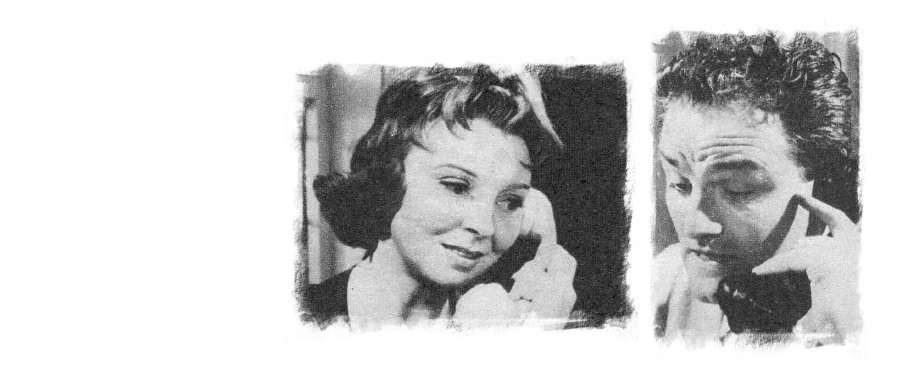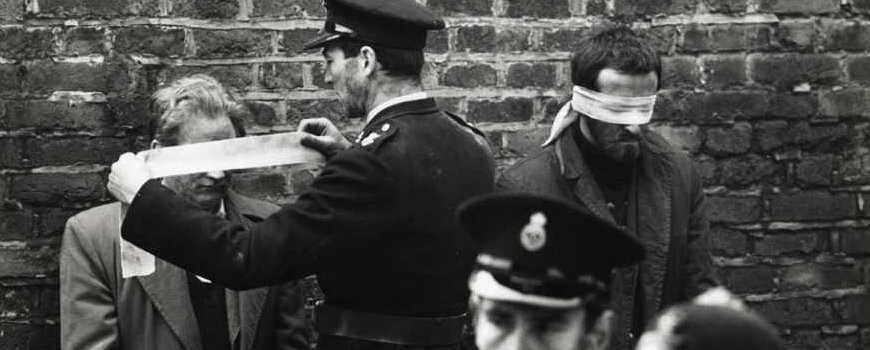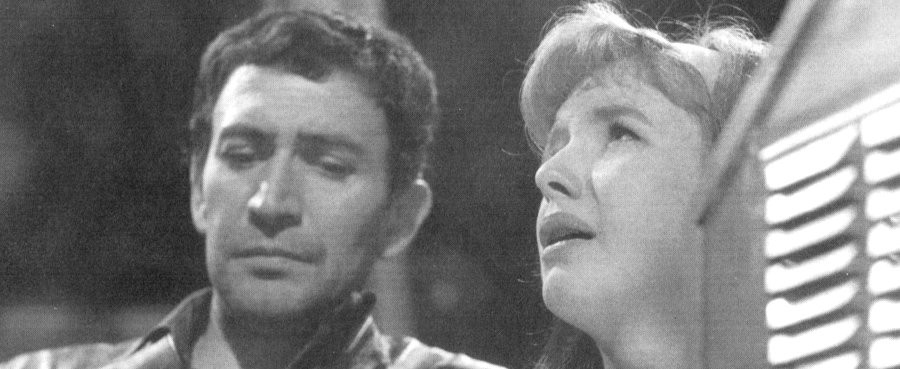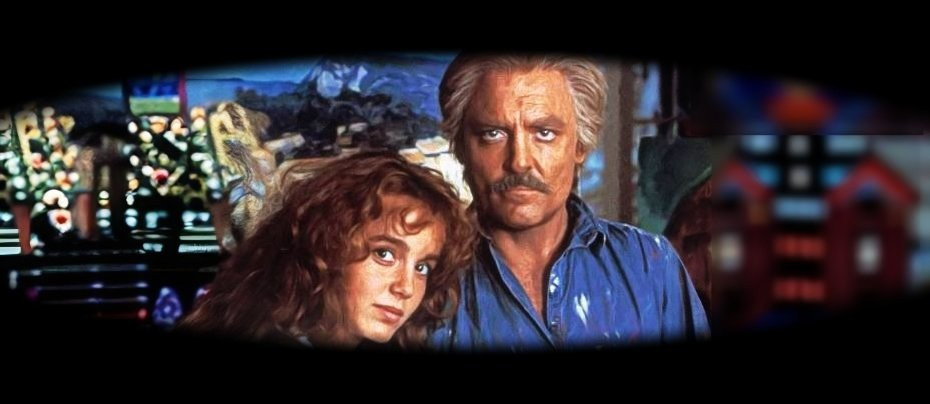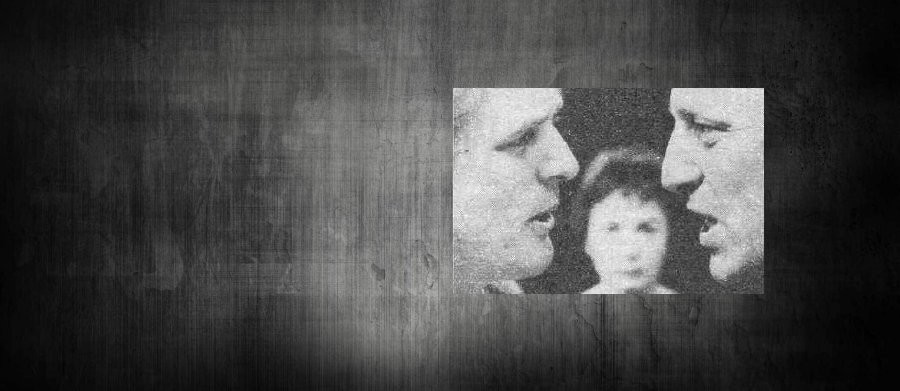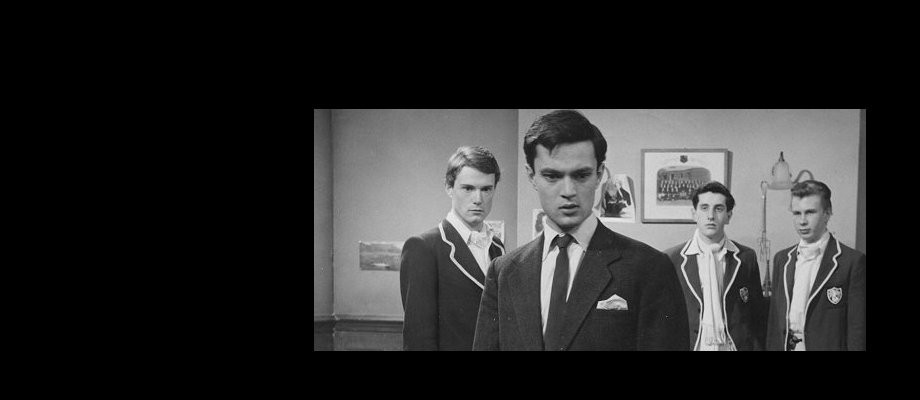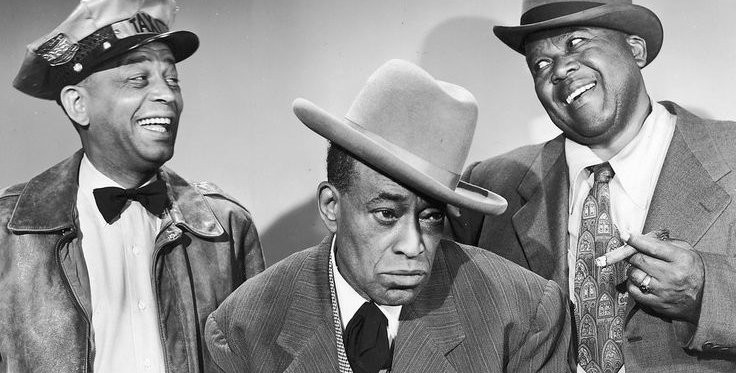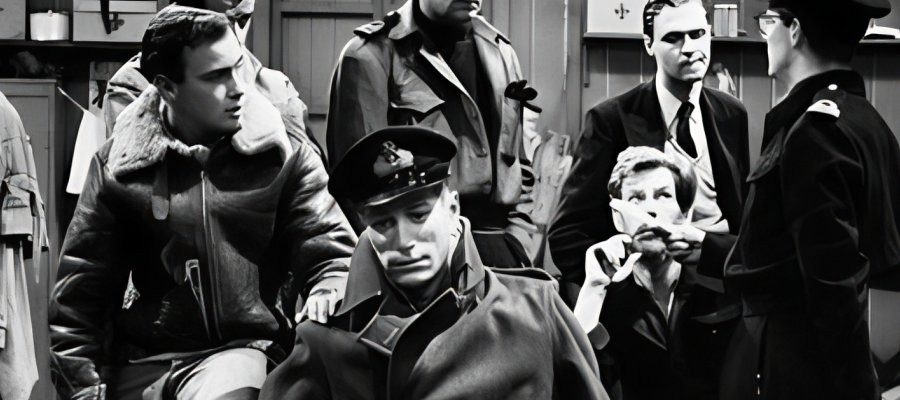
Albert
1951 - United KingdomBased on a true story about an ingenious and daring escape from a German POW camp for Allied naval officers during WW2, Albert tells how a life-sized dummy, constructed out of wire and papier-mâché by artist John Worsley, fooled the German guards into thinking they had a full complement of prisoners while a British escaper made his getaway. After the war Guy Morgan, a former fellow PoW, immortalised Albert RN in a play, which first came to our screens on 12 August 1951 in this BBC adaptation.
Writing in the Radio Times in 1951, Guy Morgan explained how the idea came about. 'When John Worsley told us in Marlag 'O', the German P.O.W. camp for naval officers, that he could make a life-size model-prisoner, able to march and smoke and pass close scrutiny in broad daylight, collapsible, and easily concealed about the person, none of us, I'm afraid took him very seriously.
Marlag was a difficult camp to escape from and our escape projects often assumed an air of fantasy. The obvious chance of escape came once each week when we were outside the wire and were marched two hundred yards up a hill in parties of thirty under armed guard to take a communal shower.
In March 1944, it was duly noted that the Germans had grown slack at searching towels and washing gear before marching us to ablution. This was how Albert came in, or, to be precise, went out.
Albert passed his first test with flying colours, marching back to camp, nodding and blinking in the sunlight just like any tired old mariner after his 260th Thursday shower. There seemed no limit to Albert's capabilities and a whole series of escapes were envisaged. But, alas, his second expedition resulted in his discovery. The German lunch-time issue sausage was bad that day. A sudden call of nature upon a dyspeptic guard disclosed the escapee in his hiding place after Albert had fallen outside.
Then, at a moment when all our guards were temporarily exhausted by shouting and mathematics (they were counting the number of prisoners), there was a slight scuffle, a sigh of relief, and an empty space between the bland faces in the ranks-Albert had disintegrated, the tally was miraculously correct.'
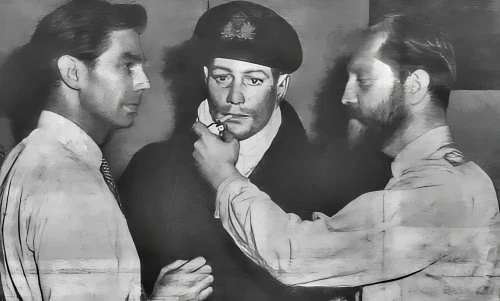
Adapted by Edward Sammis and Guy Morgan, the 100-minute play starred Warren Stanhope, Gerald Metcalfe, Bill Travers, Michael Gough, Harold Ayer and Douglas Hurn. Ferdy Mayne also appeared. Morgan explained that the characters in the play, apart from Albert, were fictional. "This is what our play is really about", he told RT readers. "The strange and very real individuality of a dummy and the queer power it exercised upon us." So much so that the prisoners made up stories about his private life and background. "I suppose the fact that he was always a secret tenant of the room added to his stature and gave him a personal niche in our conversation and relationships. But there was something more, something that made him a dominating personality than those who constructed him and lent their hair, eyebrows and their eyelashes and, if need be, their lives. From the start he was always more than a mere dummy."
Two years later, the story was filmed for the big screen as Albert, RN, directed by Lewis Gilbert and starring Jack Warner with Anthony Steel as Worsley (Lieutenant Geoffrey Ainsworth). After the war Worsley went to work for the Eagle comic illustrating the Adventures Of PC 49 (1951 - 57). The artist himself recreated another Albert for the movie, and the dummy is now kept at the Royal Naval Museum, Portsmouth. Many of Worsley's paintings and portraits can be seen at the Imperial War Museum and the National Maritime Museum. He also worked as a police sketch artist.
Seen this show? How do you rate it?
Seen this show? How do you rate it?
Published on November 28th, 2018. Written by Laurence Marcus for Television Heaven.



